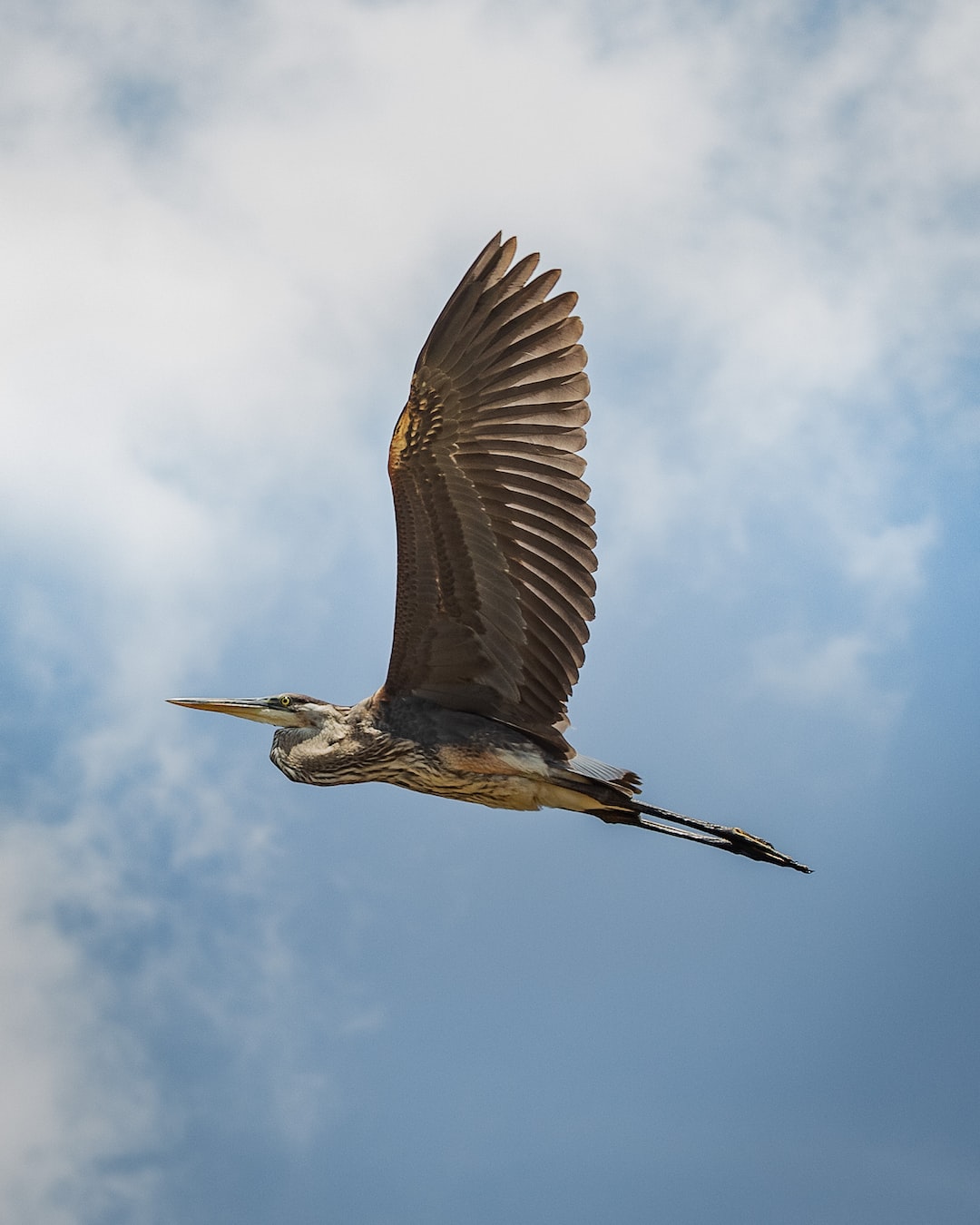Title: Exploring the Unique Communication Methods of Animals
Introduction:
From the songs of birds to the complex dances of bees, the animal kingdom never fails to astound us with its diverse and intricate communication methods. While humans primarily rely on spoken language to interact and convey messages, animals have developed an array of fascinating techniques to communicate with one another. In this blog post, we shall delve deeper into the intriguing world of animal communication, uncovering some of the unique methods these creatures employ to express their thoughts, establish social hierarchies, and safeguard their survival.
1. Vocalizations:
Vocalizations play a pivotal role in the communication of many animals. Birds engage in melodic singing to mark territories and attract mates, while primates use various vocal calls to convey danger, locate group members, or express emotions. From the low-frequency rumbles of elephants to the intricate songs of whales, animals have evolved specific sounds that enable information exchange within their respective social groups.
2. Chemical Signals:
Chemical communication is often employed by creatures such as insects and mammals, who utilize pheromones to transmit messages. For instance, ants leave trails of pheromones to guide their fellow workers to food sources, whereas female dogs emit pheromones to signal their availability for breeding. By releasing and detecting these chemical signals, animals can subtly convey information that may be crucial for their survival and reproduction.
3. Visual Displays:
Visual displays are integral to many species, serving various purposes such as courtship rituals, threat displays, and social cohesion. The peacock’s vibrant plumage is a classic example of a visual signal, intended to attract potential mates. Similarly, the intricate and precise dances of honeybees serve as a map to communicate the location of food sources to their fellow bees. By utilizing vibrant colors, unique patterns, or specific body movements, animals can communicate complex messages without uttering a single sound.
4. Tactile Communication:
Some animals rely heavily on physical touch to convey messages. For instance, social grooming, seen among primates, serves not only as a hygienic practice but also as a means of establishing and maintaining social bonds. Elephants communicate through gentle trunk touches, conveying emotions and greetings. Tactile communication is especially vital for nocturnal organisms, such as bats, who navigate their surroundings through echolocation, emitting sounds and detecting the echoes to determine the presence of prey or obstacles.
5. Electric Fields:
While less known, electric fields hold immense importance in the communication strategies of certain species. Electric eels and certain species of fish produce their own electric fields, which they use to detect prey or communicate with other individuals. By emitting weak electric fields and sensing the alterations caused by nearby objects or members of their species, these animals can navigate their surroundings and establish territories, even in dark or murky environments.
Conclusion:
The animal kingdom often surprises us with its extraordinary and diverse communication methods, adapted to suit specific needs and environmental conditions. By immersing ourselves in the study of these unique strategies, we gain a deeper appreciation for the complexity and richness of nature. From vocalizations and chemical signals to visual displays and electric fields, animals have honed their communication techniques over millions of years, ensuring the survival and success of their respective species. Exploring these fascinating methods allows us to broaden our understanding of the natural world, reminding us that communication extends far beyond the boundaries of human language.
